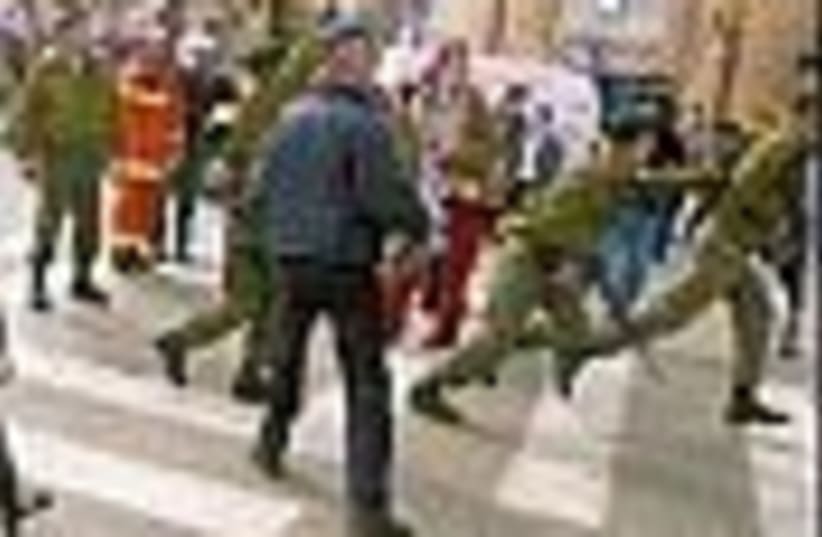| More about: | Menachem Begin, David Rubinger, Moshe Safdie, Eliezer Ben-Yehuda |
The life and death of Jaffa Road
This is the story of 'Yaffo' from Ottoman times until the present.


| More about: | Menachem Begin, David Rubinger, Moshe Safdie, Eliezer Ben-Yehuda |